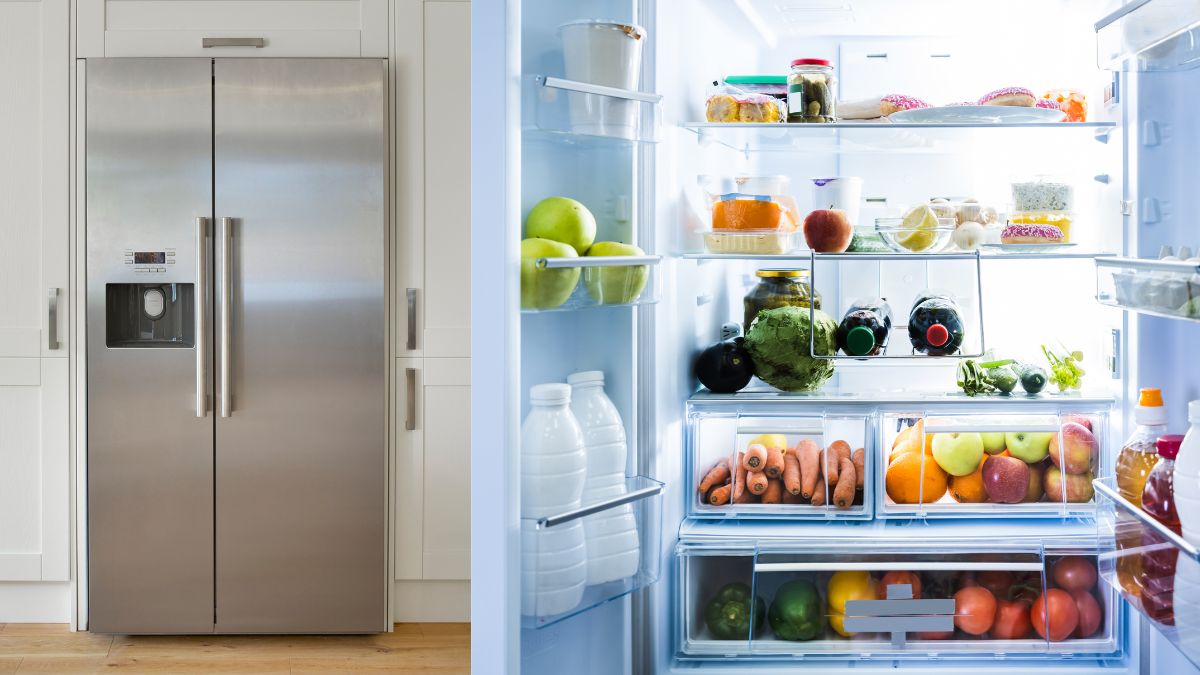Welcome to TheKitchenApplianceDad.com, where we dive deep into the nuances of everyday kitchen appliances to help you make the most of your home. Today, we’re exploring a common question that many homeowners have: How long should a refrigerator run between cycles?
The Basics of Refrigerator Cycles
Before we delve into the specifics, it’s crucial to understand what we mean by “refrigerator cycles.” A refrigerator cycle refers to the period during which the compressor, the heart of the refrigerator, is active. During this phase, the compressor works to cool the interior to the desired temperature. Once the set temperature is reached, the compressor shuts off, and the refrigerator enters the so-called “off cycle.”
Cycle duration and frequency can vary based on several factors including the model of the refrigerator, its size, the ambient temperature, and how often the refrigerator door is opened.

Typical Refrigerator Run Time
Generally, a standard refrigerator cycle lasts about 30 minutes but can range from 20 to 40 minutes under normal usage conditions. However, this is highly dependent on external and operational factors. During hotter days or if the refrigerator door is frequently opened, the compressor might run for longer periods.
Factors Influencing Cycle Time
- Ambient Temperature:
- Higher ambient temperatures can cause the refrigerator to run longer to maintain cool internal temperatures.
- Frequency of Door Opening:
- Regular opening of the refrigerator door leads to loss of cool air, making the compressor work harder and longer.
- Amount of Content:
- A well-stocked refrigerator typically maintains its cold temperature better than an empty one because the mass of the items inside helps absorb and retain the cold.
- Age and Condition of the Appliance:
- Older or poorly maintained refrigerators may have to work harder and longer to achieve the same results as newer or well-maintained units.
Optimizing Refrigerator Efficiency
To ensure your refrigerator is running efficiently between cycles, consider the following tips:
- Check the Door Seals:
- Make sure the seals around the door are clean and tight. Poor seals can lead to cold air escaping, forcing the refrigerator to run longer.
- Allow Proper Air Circulation:
- Avoid overcrowding; allow space between items for air to circulate around the food, which aids in maintaining consistent temperatures.
- Set the Correct Temperature:
- The ideal refrigerator temperature is between 37°F and 40°F. Freezers should be set at 0°F.
- Keep it Full:
- A fuller refrigerator retains cold better than an empty one. If you don’t have enough food to fill it, store water jugs or other beverages to help maintain cool temperatures.
- Regular Maintenance:
- Clean the condenser coils at least twice a year to ensure the refrigerator operates at peak efficiency.
When to Be Concerned
It’s normal for your refrigerator to run longer under certain conditions, but there are signs that something may be wrong:
- Continuous Running:
- If your refrigerator doesn’t stop running, it could be a sign of a deeper issue, such as a failing compressor or inadequate refrigerant levels.
- High Energy Bills:
- An increase in energy bills can be a symptom of an inefficient refrigerator that needs servicing.
- Frequent Cycles:
- If cycles occur more frequently than every 15 to 20 minutes, this may indicate an issue that needs addressing.
If you notice any of these symptoms, it might be time to consult a professional. For reliable repair services, consider visiting RepairClinic for expert advice and parts replacement.
Key Takeaways
- Normal Cycle Times: The average refrigerator runs for about 30 minutes per cycle under normal conditions.
- Influencing Factors: Room temperature, how often the door is opened, the contents of the refrigerator, and the unit’s age and condition can all affect cycle times.
- Efficiency Tips: Ensure good door seals, set the correct temperature, and keep the refrigerator well-maintained to optimize efficiency.
- Signs of Trouble: Continuous operation, increased energy bills, or very frequent cycles can indicate problems.
Understanding these aspects of your refrigerator’s operation can help you ensure it runs efficiently, keeping your food fresh while managing your energy costs effectively. Remember, regular maintenance and mindful usage are key to prolonging the life of your refrigerator and avoiding unnecessary repairs. Whether you’re a new homeowner or a seasoned appliance veteran, TheKitchenApplianceDad.com is here to guide you through the intricacies of appliance care and efficiency.


